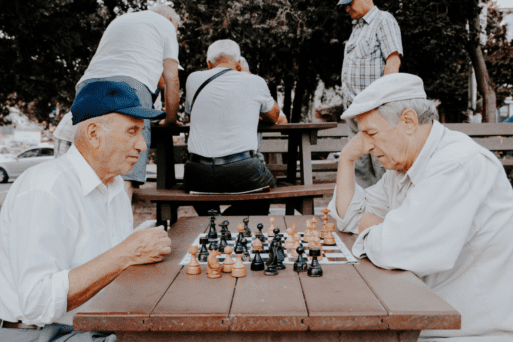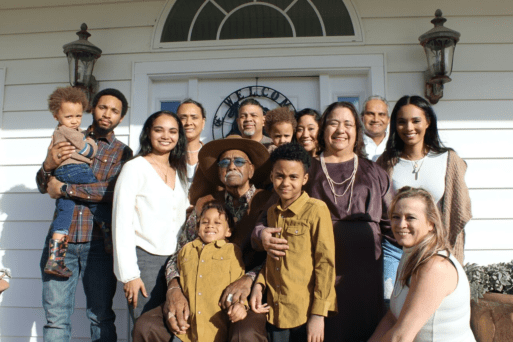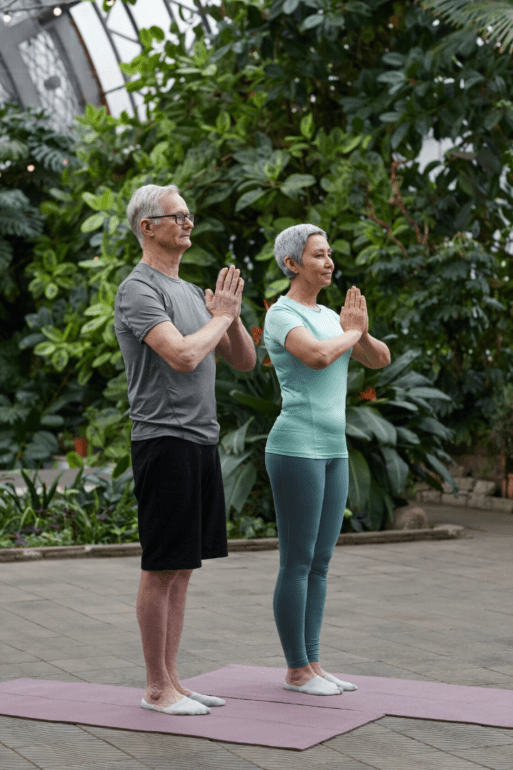
Activities that integrate elderly people into the community lead to greater acceptance of aging.
Death looms large over the average person’s anxieties. Those anxieties have only been exacerbated by the pandemic. While COVID-19 brought to light many of the deficiencies in how our society treats aging and death, it also provides an opportunity to create death-friendly communities in the aftermath.
In an article written by Canadian researchers published in The Conversation, the authors argued for a shift in how we think about the end of life. By welcoming death, they say, we can build a society that relies on community support over medical systems and lead better lives ourselves.
Fear of Death Driven by Old Age and Vice Versa
The medicalization of death, a relatively recent phenomenon, has taken the prospect of death out of the home and into hospitals, nursing homes or other care facilities. Out of view of daily life, the subject of aging and death are danced around with euphemisms or flat-out ignorance.
While the experience of old age has been shown to be based on perception, perceptions of old age and aging are to be closely tied to a person’s feelings about death. A 2016 study showed that psychology trainees experiencing death anxiety, and not just general anxiety, took less of an interest in working with older adults. Conversely, increased contact and knowledge with older adults actually reduces fear of death and ageism in young people.

Ageism and fear of death is often due to a lack of interaction and engagement with elders in society.
Creating Age-Positive Communities
So, how to build a death- and age-positive community? The World Health Organization outlines eight areas of focus in its framework for healthy cities, including social inclusion and multi-generational interaction.
Similarly, a “compassionate communities” movement has sprung up to focus on palliative care as a community project in addition to the more traditional bedside and clinical settings where palliative care takes place. This model involves integrating older adults into the greater community even while living in a care facility. In Japan, a prize was awarded to a day-care center for people with dementia in the Osaka prefecture that opened in a main shopping district. Rather than passive entertainment with games or storytime, the residents were asked to plan a midday meal, go out into the community to purchase ingredients, and prepare the meal back at the day-care. Store owners agreed to participate in the meal and receive training about communicating with people with dementia and understanding the complexities of care for the residents involved.

Engaging hobbies reduce cognitive decline and can create more positive perceptions about aging.
This example showed the residents with dementia not only as active participants in their own lives but also as people going about errands like anyone else.
The authors in The Conversation contend that age-friendly cities won’t simply benefit elderly folks or people who are dying.
“A death-friendly approach could lay the groundwork for people to stop fearing getting old or alienating those who have. Greater openness about mortality also creates more space for grief,” they wrote.

 “Death-Friendly Communities” Combat Fears of Aging and Death
“Death-Friendly Communities” Combat Fears of Aging and Death



 How Dare You Die Now!
How Dare You Die Now!
 Debating Medical Aid in Dying
Debating Medical Aid in Dying














